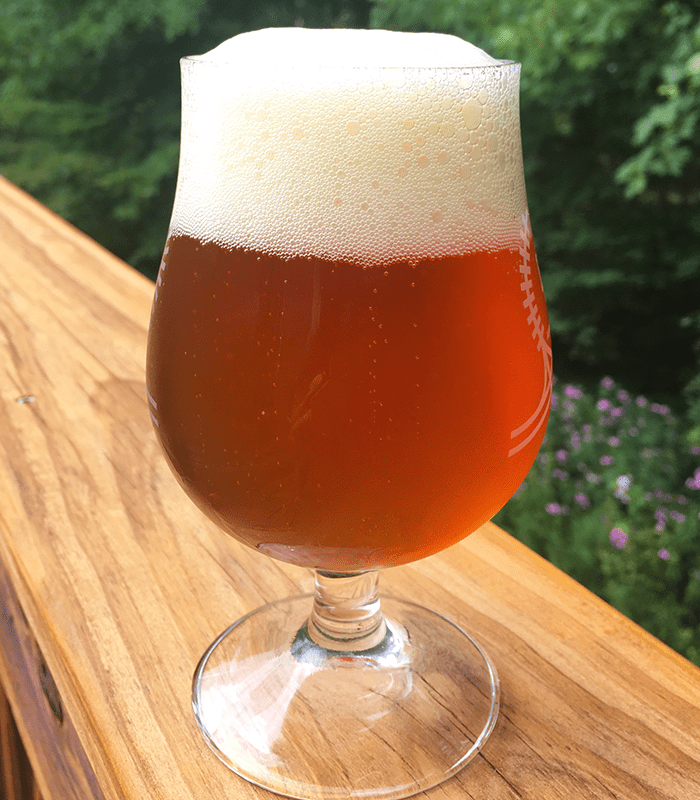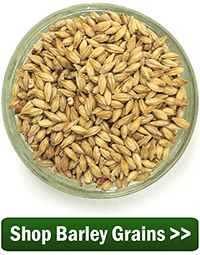 Anyone who’s had a Guinness knows the unique texture that beer provides – a creaminess that flows over your tongue thanks to the use of nitrogen and carbon dioxide. But how can you get a similar characteristic in your homebrew beer without going that extra gas-based step?
Anyone who’s had a Guinness knows the unique texture that beer provides – a creaminess that flows over your tongue thanks to the use of nitrogen and carbon dioxide. But how can you get a similar characteristic in your homebrew beer without going that extra gas-based step?
Here’s how to make a full-bodied beer. It’s easier than you think.
What making a full-bodied homebrew beer comes down to is mouthfeel. You can brew a stout black as midnight in the dead of winter, but sometimes it’s best to complement that with a little more heft in the body of the beer – and that doesn’t mean it has to be a high-ABV brew, either.
To achieve a full-bodied homebrew beer with a more substantial mouthfeel, all it takes is a little modification on brew day. Here’s how to make a full-bodied beer:
1. Use specialty malts
Once you dump your yeast into the cooled wort, they’ll start chewing up fermentable sugars that allows them to produce carbon dioxide and alcohol. But with unfermentable sugars in your wort, yeast will stay away from those and allow your beer to become thicker.
These unfermentable sugars are called dextrins and can be infused into your homebrew beer through the use of malt. “Cara” malts like Carapils are excellent for adding extra body with lots of unfermentable sugars during mashing. Dark and roasted malts like Crystal, Roasted Barley or Special B also offer high levels of unfermentable sugars. As a bonus, the use of specialty malts can also add color and flavor to your beer.
2. Increase mash temperature
While steeping malts like Carapils in an extract brew can help add some body, it’s more noticeable when doing a partial or all-grain mash. In this case, adjusting the temperature of your mash can greatly influence the body of your homebrew beer. By keeping your water temperature at a high level, say 158° to 165° degrees Fahrenheit, the reaction of malt with the water will produce more unfermentable sugars, giving your beer potential for lower ABV and a fuller body, thanks to sugars your yeast won’t eat up and convert to alcohol.
3. Add oats or wheat
One of the most popular ingredients used in stouts to add extra thickness are flaked oats. By using flaked oats as up to 10 percent of your malt bill, you can add greater viscosity.
 For ease of using oats, choose rolled or flaked oats. To convert starches from the oats into unfermentable sugars, you’ll need to mash the oats with barley malt, which allows for the chemical conversion necessary.
For ease of using oats, choose rolled or flaked oats. To convert starches from the oats into unfermentable sugars, you’ll need to mash the oats with barley malt, which allows for the chemical conversion necessary.
Usually a ratio of one pound oats to one pound barley will do the trick. All this makes the use of oats more ideal for partial or all-grain brewers, but not impossible for extract brewers who steep malt for their beer recipe. Extract brewers just may not get the same kind of body other brewers may find.
4. Use lactose sugar
All is not lost for extract brewers, however. One easy way to add creaminess to mouthfeel and some extra body to a homebrew is with lactose sugar, which will also provide some sweetness to your beer. It’s a common ingredient in sweet stouts. Lactose isn’t fermentable and can be added during the boiling process – usually with 10 to 15 minutes to go.
 Some homebrewers also add it at bottling to increase its flavor. About a pound per five gallons will do just fine.
Some homebrewers also add it at bottling to increase its flavor. About a pound per five gallons will do just fine.
That’s the basics of how to make a full-bodied beer, but adding increased body to all your homebrews isn’t ideal – you wouldn’t want a thick, heavy Pilsner – but knowing how to make a full-bodied homebrew beer anytime you like is a great thing to have in your arsenal of homebrewing knowledge.
—–
Bryan Roth is a beer nerd and homebrewer living in Durham, North Carolina. You can read his thoughts on beer and the beer industry on his blog, This Is Why I’m Drunk, and send him suggestions on how to get his wife to drink craft beer via Twitter at @bryandroth.
